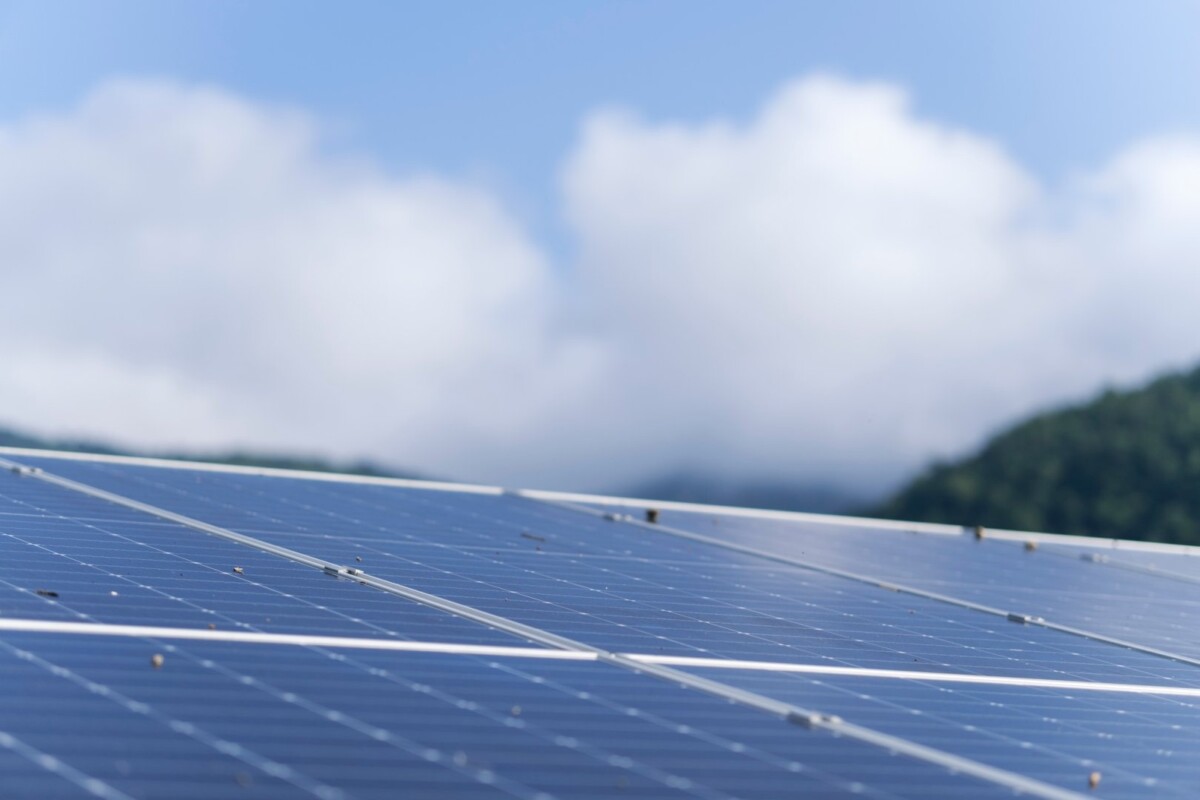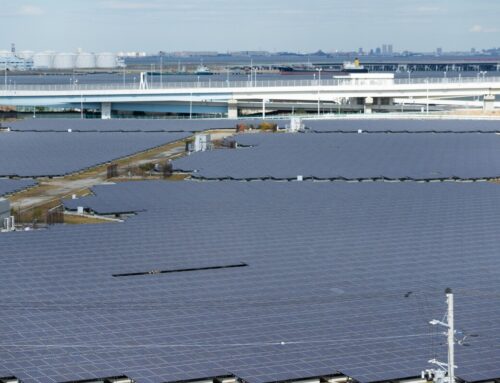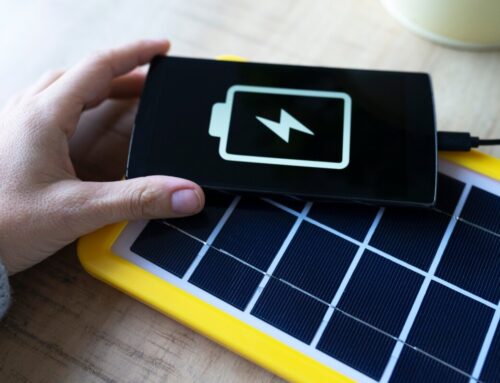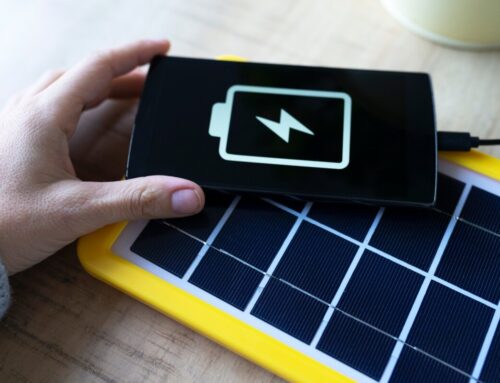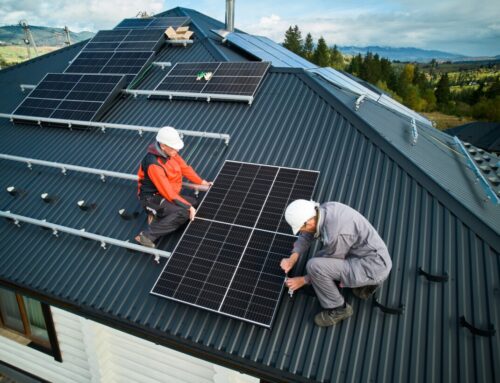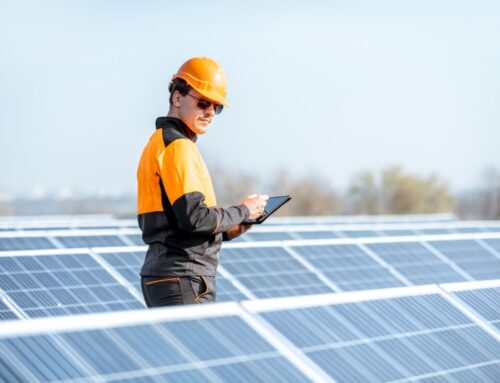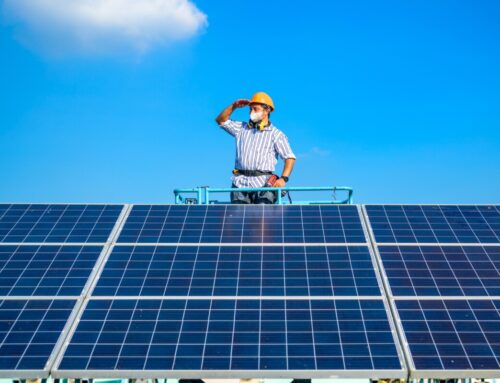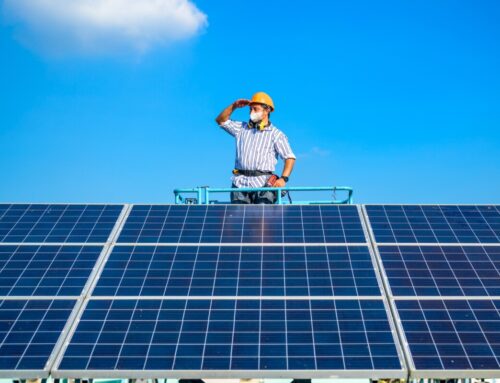Building a Solar Farm: A Smart Investment
Why Building a Solar Farm is a Smart Investment for the Future
Building a solar farm is more than just a trend; it’s a powerful step towards a sustainable future. As the world shifts towards renewable energy, solar farms stand out as a beacon of hope. They harness the sun’s energy, providing clean, renewable power that reduces our reliance on fossil fuels.
Benefits of Solar Farms
- Environmentally Friendly: Solar farms produce energy without emitting harmful pollutants, helping to combat climate change.
- Cost-Effective: Once set up, solar farms have low maintenance costs and can significantly reduce electricity bills.
- Job Creation: Building a solar farm creates jobs in construction, maintenance, and technology.
How Solar Farms Work
Solar farms use large arrays of solar panels to capture sunlight and convert it into electricity. This electricity can power homes, businesses, and even entire communities. By building a solar farm, we tap into an endless energy source, ensuring a brighter, cleaner future for everyone.
The Future of Energy
Transitioning to solar energy is crucial for a sustainable future. As technology advances, building a solar farm becomes more accessible and efficient. Investing in solar energy today means paving the way for a greener tomorrow, where clean energy is the norm, not the exception.
How to Choose the Perfect Location for Your Solar Farm
Building a solar farm is akin to planting a garden of energy, focusing on harnessing the sun’s power to foster a sustainable future. Selecting the right location is crucial, as it can significantly enhance energy production and reduce costs, benefiting everyone involved.
When you’re building a solar farm, location is key. While abundant sunshine is essential, other factors also play a vital role in determining the ideal spot.
Sunlight Exposure
- Direct Sunlight: Seek areas with minimal cloud cover and extended sunny days to maximize efficiency.
- Avoid Shaded Areas: Ensure the site is free from obstructions like trees or buildings that can block sunlight.
Land Characteristics
- Flat Terrain: Opt for flat or gently sloping land to simplify installation and reduce costs.
- Soil Quality: Ensure the soil is stable enough to support solar panels and infrastructure.
Accessibility and Infrastructure
- Road Access: Choose locations with easy road access for transporting materials and ongoing maintenance.
- Proximity to Power Lines: Being near existing power lines can lower the costs of connecting to the grid.
Selecting the right location for a solar farm is like finding the perfect picnic spot. It requires careful planning and attention to detail, but the payoff of clean, renewable energy is well worth the effort.
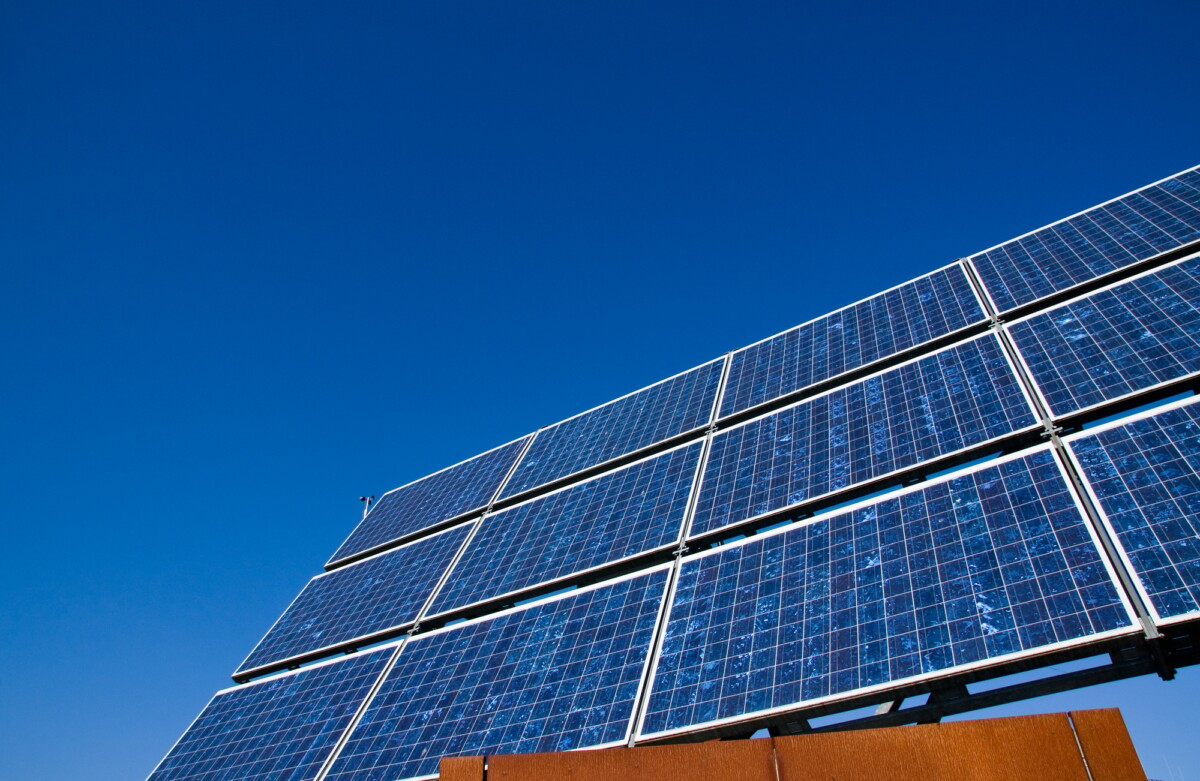
Curious about solar? Let us help you discover how solar energy can revolutionize your home and save you money. Request Your Free Solar Estimate at SOLAR ENERGY
What Are the Key Components Needed for Building a Solar Farm?
Building a solar farm is like planting a garden of sunshine, harnessing the sun’s energy to power our lives. But what do you need to embark on this sunny adventure? Let’s dive into the essentials for building a solar farm.
1. Solar Panels
Solar panels are the heart of a solar farm, capturing sunlight and converting it into electricity. Imagine them as the leaves of a plant, soaking up the sun’s rays to create energy.
2. Inverters
Inverters act as translators, converting the electricity from the solar panels into a usable form for our homes and gadgets. Without them, the energy would be like a foreign language to our devices.
3. Mounting Systems
Mounting systems hold the solar panels in place, ensuring they capture the most sunlight. Think of them as the sturdy frame of a tent, keeping everything secure.
4. Batteries
Batteries store the energy produced by the solar panels for later use, especially when the sun isn’t shining. They ensure energy availability whenever needed.
Building a solar farm is a fantastic way to contribute to a greener planet. With these components, you’re not just creating a power source; you’re paving the way for a sustainable future. Ready to start your solar journey?
Step-by-Step Guide to Building a Solar Farm: From Planning to Execution
Building a solar farm is a great way to harness the sun’s energy, cut electricity costs, and help the planet. With renewable energy demand rising, solar farms are gaining popularity. Here’s a simple guide to get you started.
1. Planning Your Solar Farm
Start with a solid plan. Choose a sunny, flat location near power lines, and check local regulations and permits. Estimating costs is crucial to avoid surprises.
2. Designing the Solar Farm
Design your layout by deciding on the number of solar panels and their placement. Consider the sun’s path and avoid shading from trees or buildings to maximize energy production.
3. Securing Financing
Financing is key, as building a solar farm can be costly. Look into loans, grants, or partnerships with energy companies. Government incentives for renewable energy can also help reduce expenses.
4. Construction and Installation
With financing secured, hire experienced contractors to install the panels and connect them to the grid. Ensure all equipment meets safety standards.
5. Monitoring and Maintenance
Post-construction, regular monitoring and maintenance are vital. Clean panels, check for damage, and monitor energy output to ensure efficient operation for years.
How Does Building a Solar Farm Impact the Environment and Community?
Building a solar farm is like planting a garden of energy. It matters because it helps us harness the sun’s power to create electricity without polluting the air. This is important for our planet and future generations. But how does it affect the environment and the people living nearby?
Environmental Benefits
- Clean Energy Source: Solar farms produce electricity without releasing harmful gases, reducing our carbon footprint.
- Land Use: While they require space, solar farms can be built on unused land, like deserts or old industrial sites, preserving natural habitats.
Community Impact
- Job Creation: Building a solar farm creates jobs for engineers, construction workers, and maintenance staff, boosting local economies.
- Energy Independence: Communities can rely less on fossil fuels, leading to more stable energy prices and fewer power outages.
Challenges and Considerations
- Initial Costs: Setting up a solar farm can be expensive, but the long-term savings on energy bills make it worthwhile.
- Aesthetic Concerns: Some people worry about how solar panels look, but many find them a symbol of progress and sustainability.
In conclusion, building a solar farm offers numerous benefits for both the environment and communities. By understanding these impacts, we can make informed decisions about our energy future.
What Are the Financial Incentives and Benefits of Building a Solar Farm?
Building a solar farm is like planting a garden that grows energy instead of vegetables. It harnesses the sun’s power to create electricity, benefiting both the planet and your wallet. Let’s explore the financial incentives and benefits of building a solar farm.
Governments offer financial incentives, such as tax credits and rebates, to encourage renewable energy use, making solar farms an attractive investment. These incentives can significantly reduce the initial setup costs, making solar farms more affordable for businesses and communities.
Key Financial Benefits
- Tax Credits: Many countries provide tax credits for solar projects, allowing deductions on installation costs.
- Rebates: Some regions offer cash rebates, helping lower upfront expenses.
- Reduced Energy Bills: Solar farms generate free electricity, reducing or eliminating energy bills.
Additionally, solar farms can generate income by selling excess electricity back to the grid. This means you save money on energy costs and earn money by contributing to the community’s power supply. It’s a win-win situation for both the environment and your bank account!
How SolarEnergy Can Help You in Building a Solar Farm Efficiently
Building a solar farm is a great way to harness solar energy and contribute to a greener planet. It’s not just about saving on electricity bills; it’s about creating a sustainable future. But where do you start? SolarEnergy is here to guide you every step of the way.
Why Choose Solar Farms?
- Eco-Friendly: Solar farms reduce carbon footprints and combat climate change.
- Cost-Effective: They provide free electricity once set up.
- Job Creation: They create jobs in your community.
Steps to Building a Solar Farm
- Site Selection: Choose a sunny location with ample space.
- Permits and Regulations: Navigate local laws and obtain permits.
- Design and Installation: Plan the layout and install solar panels.
- Maintenance: Ensure smooth operation with regular check-ups.
How SolarEnergy Assists You
- Expert Guidance: Our team helps you understand each step.
- Resources and Tools: Access the latest technology for efficient construction.
- Community Support: Connect with other solar enthusiasts.
Building a solar farm doesn’t have to be daunting. With SolarEnergy, you can transform your vision into reality, making a positive impact on the environment and your community. Let’s harness the power of the sun together!
What Challenges Might You Face When Building a Solar Farm and How to Overcome Them
Building a solar farm is a fantastic way to harness the sun’s energy and contribute to a greener planet. However, it’s not always a walk in the park. There are several challenges you might face along the way, but don’t worry! With the right strategies, you can overcome them and make your solar farm dream a reality.
1. Finding the Right Location
Choosing the perfect spot is crucial. You need a place with plenty of sunlight and enough space for solar panels. To overcome this, research areas with high solar potential and check local regulations to ensure you’re allowed to build there.
2. Navigating Legal and Regulatory Hurdles
Building a solar farm involves permits and approvals. This can be tricky, but by working with local authorities and hiring a knowledgeable consultant, you can navigate these hurdles smoothly.
3. Managing Costs and Budgeting
Solar farms can be expensive. To manage costs, consider government incentives and look for affordable suppliers. Creating a detailed budget plan will help you keep track of expenses and avoid surprises.
4. Ensuring Efficient Energy Storage
Storing solar energy efficiently is key. Investing in high-quality batteries and working with experts to design an effective storage system will ensure your solar farm runs smoothly, even on cloudy days.
Don’t wait to go solar! Thousands of homeowners are saving—join them and start reaping the benefits.
Book Your Free Consultation at SOLAR ENERGY
Explore additional solar solutions at NEW SOLAR QUOTES and discover how it can benefit your home!

